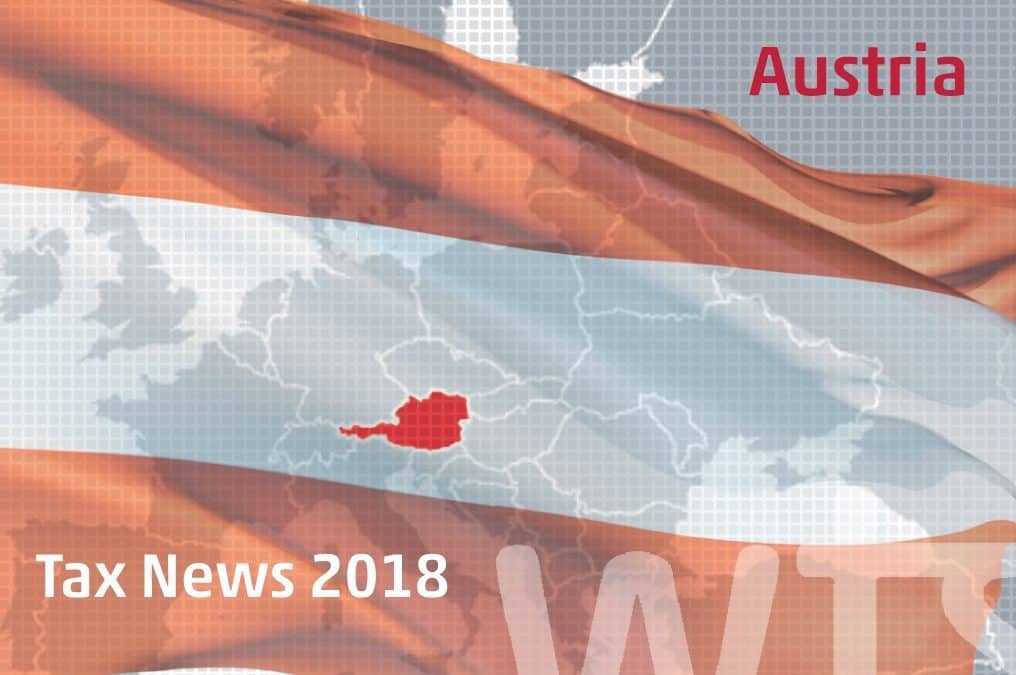 The accounting treatment and the presentation of a spin-off can be challenging in practice. In this article we would like to highlight the accounting consequences of a spin-off in Austria from the transferring entity’s point of view. Our examination is limited to the transactions where the transfer goes off without any consideration, which means we only cover side-stream and up-stream scenarios.
The accounting treatment and the presentation of a spin-off can be challenging in practice. In this article we would like to highlight the accounting consequences of a spin-off in Austria from the transferring entity’s point of view. Our examination is limited to the transactions where the transfer goes off without any consideration, which means we only cover side-stream and up-stream scenarios.
The spin-off can be considered as a legal restructuring according the Austrian Division Act. Due to this the representative opinions in Austria (e.g. the Chamber of Austrian Tax Advisors and the Institution of Austrian Auditors) state that the spin-off must not have a direct influence on the net profit/loss.
Decrease in the net assets, increase in the equity
The spin-off can result in a decrease of the net assets but also in an increase in the equity as well. A decrease in the net assets occurs when the net book value of the net assets transferred is positive. An increase in the equity is to be expected when the value of net assets transferred is negative.
As the spin-off cannot have a direct impact on the net income (loss), any change in the net assets or equity has to be presented on a separate special items line in the P&L right after net income (loss). This special items line can perhaps be named as “net asset decrease/increase due to spin-off”.
As a result of a spin-off with net asset decrease several balance sheet items can change:
- reduction of retained earnings or increase or development of accumulated losses
- reversal of tied reserves (e.g. reserves prescribed by law)
- reversal of free reserves
- reduction of nominal capital (considering the minimum capital requirements prescribed by law)
The reversal of reserves and the reduction of nominal capital has to be accounted P&L effective on the special items.
Simple example of a spin-off in Austria
ABC Ltd. transfers an individual part of its business operation (BO 2) with positive net assets of kEUR 700 into an already existing affiliated company. The balance sheet of ABC Ltd. as of 31.12.2017 (before the transfer) is as follows:
As mentioned above the net assets which will be transferred amount to kEUR 700, in the following breakdown:
Based on the decision made, the transfer should not result in any loss at the level of the transferring entity. As at 1.1.2018 the decrease of the net assets would be virtually the following:
The same approach would be applied in case of an up-stream or a side-stream transfer aside the Austrian Division Act. However, a transfer of net assets aside the Austrian Division Act can lead to a forbidden repayment of contribution.
Therefore, it should be examined if the transfer can be seen as a dividend in kind. In this case the market value of the assets transferred has to be covered by existing retained earnings. In the example above not even the net book value of the net asset decrease is covered by retained earnings so the transfer cannot be seen as a dividend in kind either. Another approach to avoid the forbidden repayment would be to make a contribution in the amount of market value of the business operation (BO 2). This type of contribution should be accounted as (not restricted) capital reserve. A further approach could be an entire or partial capital increase.
If you would like to know more about accounting of a spin-off in Austria, please visit the homepage of ICON Austria!
If you are interested in more news about accounting, taxation and legislative amendments in the Central and Eastern European Region, click on the icon below and follow our LinkedIn page!










